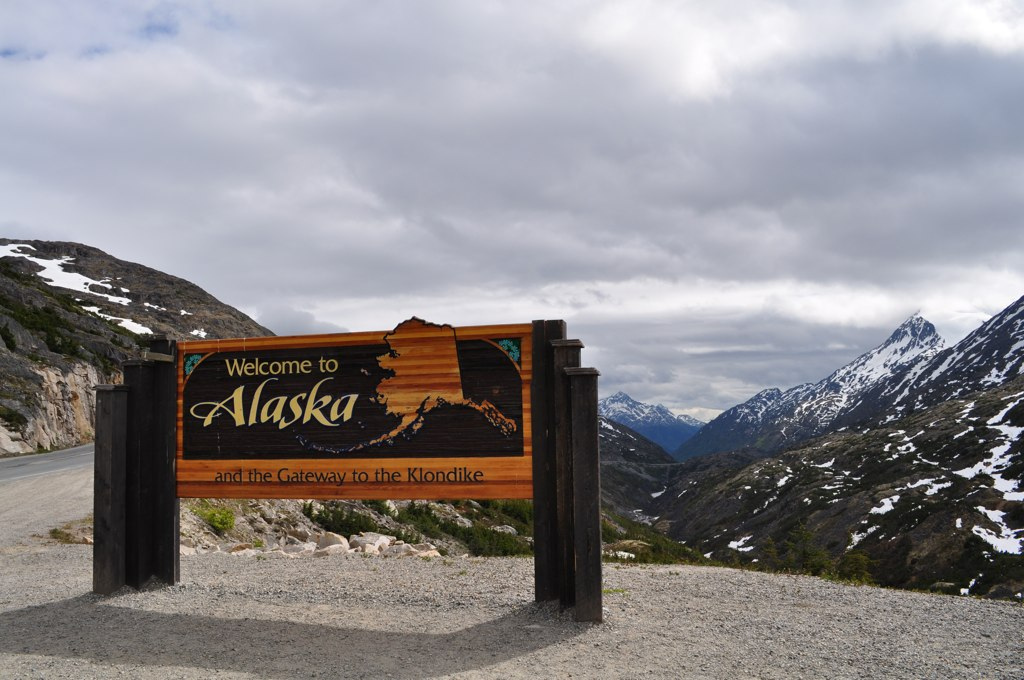
Gallup yesterday released its annual Index of Well-Being, and for the first time, Alaska tops the list.
The researchers who produce the Gallup-Healthways report say Alaska residents had the highest well-being in the nation in 2014. The Gallup report doesn’t mention that the state has among the highest rates of suicide, sexual assault and other violence.
Nonetheless, Alaskans working in the social services trenches were inclined to greet news of the report with open arms.
Laura Brown, a spokeswoman for United Way in Anchorage, says a friend had posted the story on her Facebook wall before she woke up.
“It’s awesome! I wasn’t even aware that we were even close to being number 1, so seeing that was really nice to know,” Brown said.
She got to work and found the well-being report all over her inbox, and it was the talk of her office. Brown says it was a real shot in the arm, a counterpoint to Alaska’s high ratings on all those other national indices: Suicide, domestic violence, child abuse, substance abuse.
“It’s kind of ironic, I think, that we’ve got both of those things happening at the same time,” Brown said.
The well-being index is based on phone surveys – nearly 177,000 nationwide.
We couldn’t reach Gallup to ask how many were contacted in Alaska, but their website says the results weighted to match each state’s demographics. They asked about five areas: Sense of purpose, financial, social and physical health, and liking your community.
The research director said in media interviews Alaskans reported the lowest levels of stress, high blood pressure, and drug use. Remember: this is based on telephone surveys. It’s also No. 1 for having residents who help to improve their community. The community part rings true to Anne Weaver, a manager at the Fairbanks Community Food bank.
“I’m so excited to hear that because we get to see all the good in this community and we see it every single day,” Weaver said.
Weaver says people hear she works at a “Food bank” and they connect with the suffering. But she’s definitely a glass half-full type. As Weaver sees it, the food bank gives her an opportunity to witness amazing generosity, and to do her own bit for well-being.
“You know we typically serve approximately 150 people each day, and 40 percent of them are kids, so I can go home tonight knowing that I made 150 people’s day better,” Weaver said.
Peter Pinney, Executive Dean for the College of Rural and Community Development at UAF and president of a Fairbanks social services network, can’t vouch for Gallup’s methods or findings. But Pinney does see how the dark and light of Alaska’s well-being can both be true.
“Well, certainly we are leaders in lots of bad indicators in certain areas, but overall, depending on who you talk to, it is a state where people do pay attention and look out for each other,” Pinney said.
Pinney says Alaska has higher than average rates of philanthropy and volunteering, particularly in the social services sector.
“So even though we have issues, we have a lot of people working on those issues,” Pinney said.
You might think people immersed in that work would be inclined to dismiss a well-being survey that doesn’t mention Alaska’s serious problems, but Suicide Prevention trainer Eric Boyer at UAA says he’s happy for it.
“If you think about resilience in a community, they need to know that some things that we’re doing are good, and have some positive,” Boyer said.
Boyer says he thinks Gallup did tap into something real about Alaska, but maybe just one side of a dichotomy.
